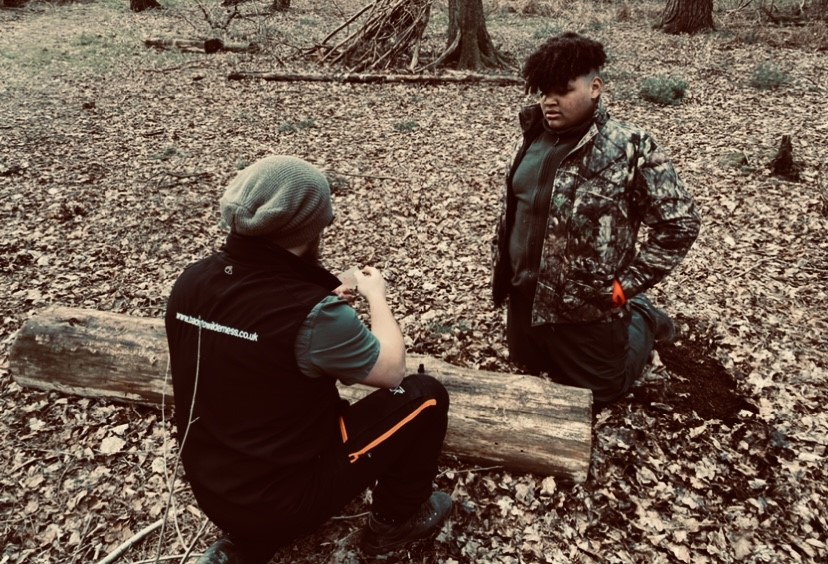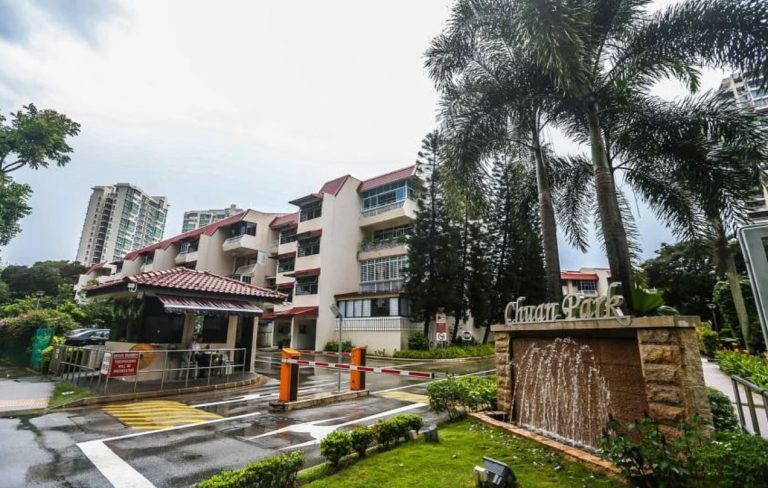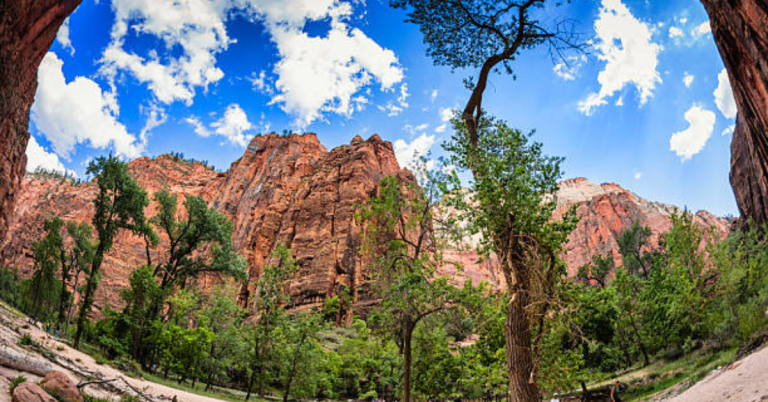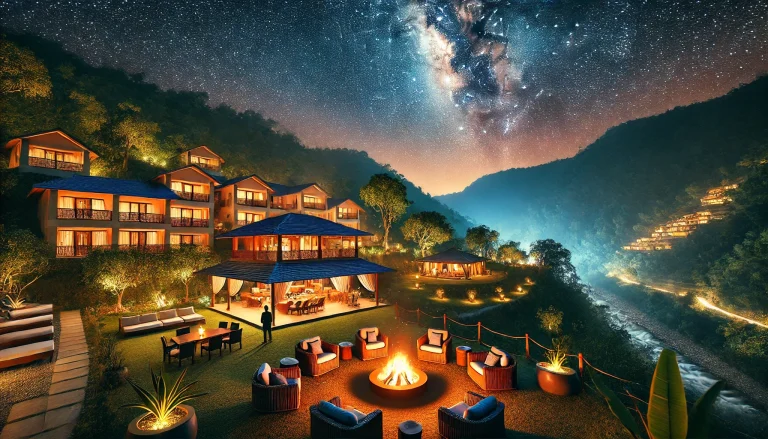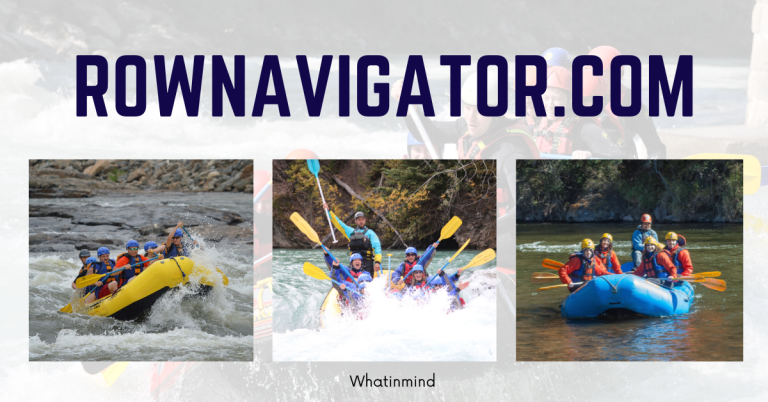Water Procurement and Purification: Bushcraft Skills for Clean Drinking Water
Water procurement and purification are vital bushcraft skills essential for survival and comfort in the wilderness. Clean drinking water is crucial for maintaining health and stamina during outdoor adventures or in emergency situations. Mastering these skills ensures that you can secure safe water sources and purify them effectively, even when traditional resources are unavailable. This article explores essential bushcraft techniques for obtaining and purifying water, providing practical advice for ensuring access to clean drinking water in the wild.
The Importance of Water Procurement and Purification
Securing clean drinking water is a fundamental aspect of survival in any outdoor setting. Understanding how to find and purify water helps prevent dehydration, illness, and other health issues. By developing these bushcraft skills, you enhance your ability to navigate and thrive in various environments, whether you are hiking, camping, or facing an emergency situation.
Techniques for Procuring Water
1. Finding Natural Water Sources
Identifying and accessing natural water sources is the first step:
- Streams and Rivers: Look for flowing water sources, which are typically cleaner than stagnant ones.
- Ponds and Lakes: If no other sources are available, ponds and lakes can be used, but they may require additional purification.
- Rainwater Collection: Collect rainwater using containers, tarps, or other materials. Rainwater is often clean and safe but should be purified if collected from non-sterile surfaces.
2. Harvesting Water from Plants
Certain plants and natural features can be used to harvest water:
- Cactus: In arid environments, some cacti have water-rich tissues that can be accessed by cutting and draining them.
- Tree Sap: Some trees, such as maples and birches, produce sap that can be consumed directly or boiled to concentrate.
3. Snow and Ice
In cold environments, snow and ice can be valuable water sources:
- Melting Snow: Collect and melt snow in a container over a fire or heat source. Avoid consuming snow directly as it may lower your body temperature.
- Ice: Melt ice in a similar manner to snow, ensuring it is fully melted before drinking.
Techniques for Purifying Water
1. Boiling
Boiling is one of the most effective methods for purifying water:
- Process: Bring water to a rolling boil for at least one minute to kill pathogens. At higher altitudes, boil for three minutes to ensure effectiveness.
- Considerations: Boiling does not remove chemical contaminants, so it’s best used in conjunction with other methods if chemical contamination is a concern.
2. Filtration
Filtration can remove particulates and some pathogens:
- Portable Filters: Use commercial water filters that remove bacteria, protozoa, and sediments. Ensure the filter has a small enough pore size (0.2 microns) to be effective.
- DIY Filters: Create a simple filter using layers of charcoal, sand, and gravel in a container. While not as effective as commercial filters, it can improve water clarity.
3. Chemical Purification
Chemical methods can disinfect water when other options are unavailable:
- Iodine Tablets: Add iodine tablets to water and let them sit for the recommended time. Iodine is effective against most pathogens but may not eliminate all types.
- Bleach: Use unscented household bleach (2-4 drops per liter) to disinfect water. Let it sit for 30 minutes before drinking. Be aware of the potential taste and health effects of long-term use.
4. Solar Purification
Solar purification utilizes the sun’s energy:
- Solar Still: Construct a solar still using a container, a cover, and a small collection cup. The sun heats the water, causing evaporation and condensation, which is then collected as purified water.
Tips for Effective Water Procurement and Purification
- Always Purify: Even if water looks clean, it’s essential to purify it to eliminate potential pathogens.
- Plan Ahead: In preparation for outdoor activities, consider bringing a water filter or purification tablets.
- Stay Informed: Learn about local water sources and purification methods relevant to the environment you’ll be in.
Conclusion
Water procurement and purification are critical bushcraft skills that ensure you can access and maintain clean drinking water in the wild. By mastering techniques for finding and purifying water, you can enhance your outdoor experiences and ensure your health and safety. For a comprehensive understanding of essential bushcraft skills, explore additional resources and guides to further develop your knowledge and preparedness for various scenarios.
